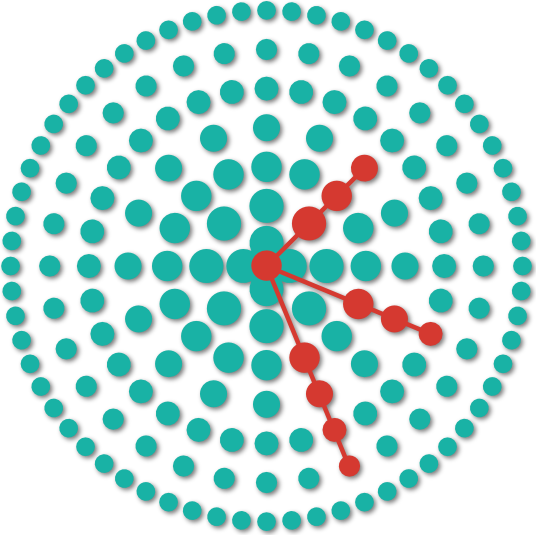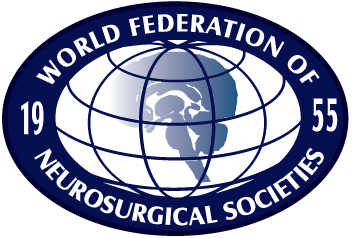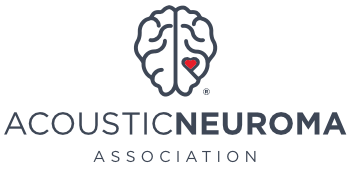Signs & Symptoms of Brain Aneurysms


More than 6 million people unknowingly live with a brain aneurysm. Fortunately, most aneurysms do not cause problems and remain undiagnosed. However, some aneurysms can cause symptoms, or in the worst case, be life-threatening. Brain aneurysms are treatable, but the first step is in recognizing symptoms that should prompt immediate medical attention. Here is a comprehensive overview of the symptoms, causes, and risk factors for brain aneurysms.
Brain Aneurysm Lingo
Conversations about brain aneurysms usually involve the terms "ruptured" or "unruptured". If we visualize an aneurysm as a sac-like protrusion at a weak point along a vessel, this intact sac is an unruptured aneurysm.
In contrast, if the sac bursts, the aneurysm is considered ruptured. Rupture is a life-threatening event. Now, one might wonder, how does rupture occur and why is it so frightening?
When you think about a balloon, popping can occur if you blow too much air into the balloon, or if something compresses the balloon from the outside. Both scenarios result from high pressure.
Similarly, an aneurysm can rupture if there is increased blood pressure, or from direct blow to the head or sudden impact. Thus, medical conditions such as hypertension, partaking in certain illicit drugs, and trauma can all contribute to an increased risk of aneurysm rupture.
Unlike a balloon that is tied off on one end, an aneurysm is directly connected to a vessel with blood being pumped through it every second. Thus, when an aneurysm ruptures, there is essentially a hole in the blood vessel.
This can cause blood to leak uncontrollably into the surrounding area, leading to life-threatening blood loss. Since blood in this vessel now cannot deliver oxygen to its intended destination, brain tissues can also perish, resulting in a condition called hemorrhagic stroke.
Symptoms of an Unruptured Brain Aneurysm
Unruptured brain aneurysms are generally considered safe unless they grow close to sensitive nerves and brain tissue. Most do not produce symptoms, but when they occur, symptoms can include:
- Vision loss or impairment, resulting in frequent squinting
- Dilated pupil
- Drooping eyelids
- Headache
These symptoms can range in severity from mild to severe, depending on the aneurysm size and location. Many people with symptomatic, unruptured brain aneurysms mistake these symptoms for other common health problems. Understandably, it can be almost impossible to distinguish between an ordinary headache and one caused by a brain aneurysm.
Additionally, it is not possible to physically feel the presence of an unruptured brain aneurysm, no matter its size. However, the symptoms of an unruptured brain aneurysms can become more severe as the aneurysm grows.
While none of these symptoms are specific for a brain aneurysm, it is important to seek regular medical care. Annual health checkups can help you to monitor your health and detect any abnormalities.
Why should you have your surgery with Dr. Cohen?
Dr. Cohen
- 7,500+ specialized surgeries performed by your chosen surgeon
- More personalized care
- Extensive experience = higher success rate and quicker recovery times
Major Health Centers
- No control over choosing the surgeon caring for you
- One-size-fits-all care
- Less specialization
For more reasons, please click here.
Symptoms of a Ruptured Brain Aneurysm
Ruptured brain aneurysms bleed into and around the brain tissue, causing a range of symptoms and health complications, including:
- Severe headache
- Stiff neck
- Nausea and vomiting
- Dilated pupils
- Drooping eyelids
- Light sensitivity
- Loss of consciousness
- Vision impairment
- Loss of balance
- Lack of coordination
- Drowsiness
- Weakness or numbness on one side of the body
- Personality changes
An intense headache is the most common symptom of a ruptured aneurysm. The headache tends to come on suddenly, and many people have often described it as the worst headache of their life. Medical professionals call this a “thunderclap headache”. The headache’s intensity may also cause loss of consciousness.
While in most cases there are no "warning signs", sometimes, aneurysms can leak a small amount of blood causing a short-lived severe headache. These are known as sentinel headaches and can represent a warning leak. This can occur a few days or weeks before a major aneurysmal rupture.
Unfortunately, many symptoms of a ruptured brain aneurysm become more severe over a short period of time. Approximately 25% of people with ruptured brain aneurysms don’t survive the first 24 hours, and an additional 25% don’t survive in the next 6 months.
It is also worth noting that survivors may experience health complications such as permanent neurological damage, or personality changes such as increased irritability, anxiety, and depression.
Your survival rate after experiencing a ruptured brain aneurysm depends on several factors, such as:
- Your age and overall health
- The aneurysm’s size and location
- The aneurysm’s extent of bleeding
- Underlying or preexisting neurological conditions
Seek medical attention as soon as you experience these symptoms. Fortunately, brain aneurysms are diagnosable and treatable – overall, patients with ruptured brain aneurysms have a 60% survival rate.
Brain Aneurysm Risk Factors: Who Is Most at Risk?
Brain aneurysms are relatively common, affecting about one in 50 people. However, some people are more likely to develop brain aneurysms than others based on various acquired and hereditary causes and risk factors.
The modifiable risk factors of brain aneurysms include:
- High blood pressure
- Smoking
- Excessive alcohol consumption
- Using cocaine and methamphetamine
- Blood infections
- Fatty buildup along blood vessels’ walls (atherosclerosis)
- Traumatic brain injuries
Fortunately, these risk factors are controllable. Avoiding the use of drugs or excessive consumption of alcohol, regular exercise, maintaining a healthy diet, and wearing safety equipment (e.g., helmets) can help to reduce your risk of developing a brain aneurysm or triggering its rupture.
The non-modifiable risk factors and causes of brain aneurysms include:
A family history of close relatives with brain aneurysms
- Being female
- Age between 40 and 60 years
- Genetic disorders affecting connective tissue
- Polycystic kidney disease
Unfortunately, these hereditary causes and risk factors for brain aneurysms are not preventable, but they are controllable and manageable. Focus on maintaining your overall health and managing any medical conditions as instructed by your medical team. If you are concerned about a potential for an increased risk of aneurysm development based on your family history, consult your primary care physician to determine if any additional surveillance measures should be taken.
Diagnosing Brain Aneurysms
Common methods of diagnosing aneurysms include imaging tests such as:
- Computed tomography (CT)
- Computed tomography angiography (CTA)
- Magnetic resonance imaging (MRI)
- Magnetic resonance angiography (MRA)
- Diagnostic cerebral angiogram
These tests can help to visualize exactly which vessel the aneurysm is attached to, its size, and relation to other nearby structures such as critical nerves.
Treating Brain Aneurysms
Most cases of brain aneurysms are treatable. Treatment options include:
- Surgical clipping: Surgical clipping entails placing a metal clip on the aneurysm to cut off blood flow to the bulging sac. The procedure involves removing a small section of the skull (craniotomy) to gain access to the aneurysm and then reattaching it at the end of surgery.
- Artery occlusion and bypass surgery: The surgery involves completely cutting off blood flow in the artery feeding the aneurysm, then attaching another artery past the aneurysm to maintain blood flow. This can involve using arteries in the scalp, or your neurosurgeon may opt to take an artery or vein from your arms or legs. This surgery is usually reserved for extremely complicated aneurysms.
- Flow diverter stent: Flow diversion entails placing a flow diverter stent inside the artery with the aneurysm to stop or divert blood flow away from the aneurysm. This treatment requires you to take blood thinning medications after the procedure.
- Endovascular coiling: Endovascular coiling involves filling the aneurysm sac with a ball of metal wire called a “coil” to prevent blood from going into the aneurysm. The procedure involves placing a thin, flexible tube into a blood vessel in the groin or writs, then guiding it up to the affected artery to deliver the small platinum coils
Sometimes, treatment may not be necessary. Your doctor may recommend observation with periodic imaging tests to manage certain brain aneurysms. Lifestyle changes such as smoking cessation, exercising, and eating a healthy diet will be recommended along with periodic imaging scans to ensure that the aneurysm is not growing.
Key Takeaways
- Most brain aneurysms are asymptomatic and do not rupture.
- Brain aneurysms growing close to brain tissue and sensitive nerves can cause symptoms.
- Ruptured aneurysms cause severe and potentially fatal symptoms.
- Fortunately, aneurysms are diagnosable and treatable.











